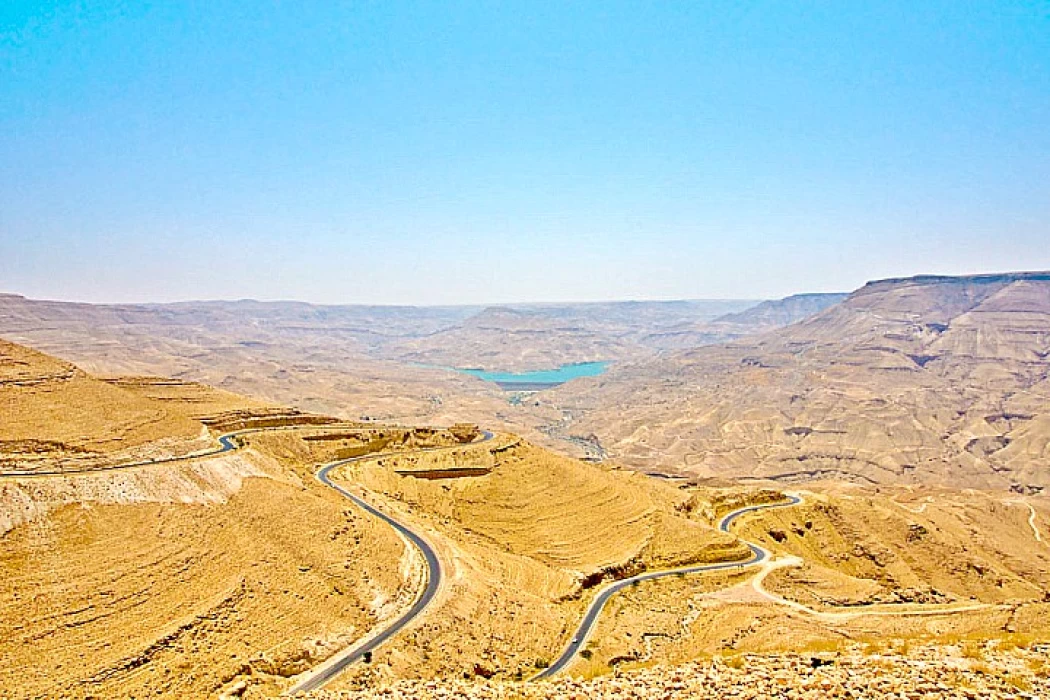
Wadi Mujib: The Grand Canyon of Jordan
Wadi Mujib: The Grand Canyon of Jordan
Wadi Mujib, in Jordan as well as within the Areas of Tourist Interest in Jordan, is the name given to a narrow canyon that cuts across the rim of the Dead Sea. The said gorge or basin are found in a hilly terrain, on the east of the Dead Sea about 90 Kilometers on the southern side of the Jordanian capital (Amman)and the valley to the eastern side of the shore of the Dead Sea spans an area of 220 square kilometers, Wadi Mujib is also referred to as (valley of arnon).
Wadi Mujib is quite appealing and has beautiful sights that one cannot help but appreciate; it is strategically situated to attract visitors and tourists who love the quietness of the Wadi Mujib area. However, it is worth mentioning that the area requires more focus and care so as to enhance its tourism potentiality to the highest level. (And Valley composed of 412 species of plants and 50 species of animals, its also regarded as a stage for various migratory birds, besides this, the place provides great delight to anglers.)
Some of the bird species that live in the valley include: The Egyptian Rokhmah: an eagle that migrates and breeds in Jordan. Bonelli's Osprey: It is one of the largest birds of prey found in Jordan. Moussaq bird: It is a type of bird of prey. Chinook sparrow: It is one of the most beautiful birds that live in the southern regions of Jordan, especially in the Mujib Valley and the ancient city of Petra, and this bird is considered the national bird of Jordan.
The Wadi Mujib Reserve is situated right at the center of the Wadi Mujib being 410 meters below the Dead Sea level and is regarded to be one of the most touristic regions in Jordan for its many tourists who visit it, and the location of the reserve explains its significance.
This reserve, situated in the vicinity of the Dead Sea, is designed to preserve the natural habitat, promote the turn of tourism in the region, and preserve the environmental determinants of the area as well as act as a way of generating revenue in the area. The area of the reserve is 220 square kilometers, and it includes many types of animals, perhaps the most important of which is the Badan animal, which is a type of large goat, whose number has diminished due to its frequent hunting.














